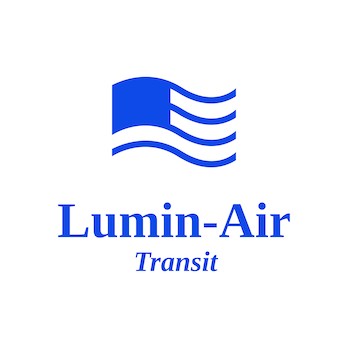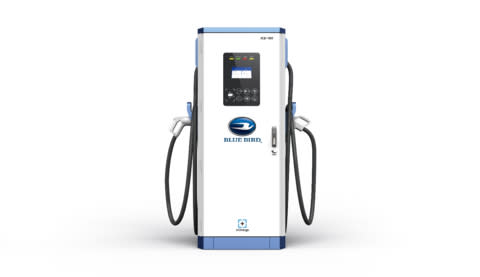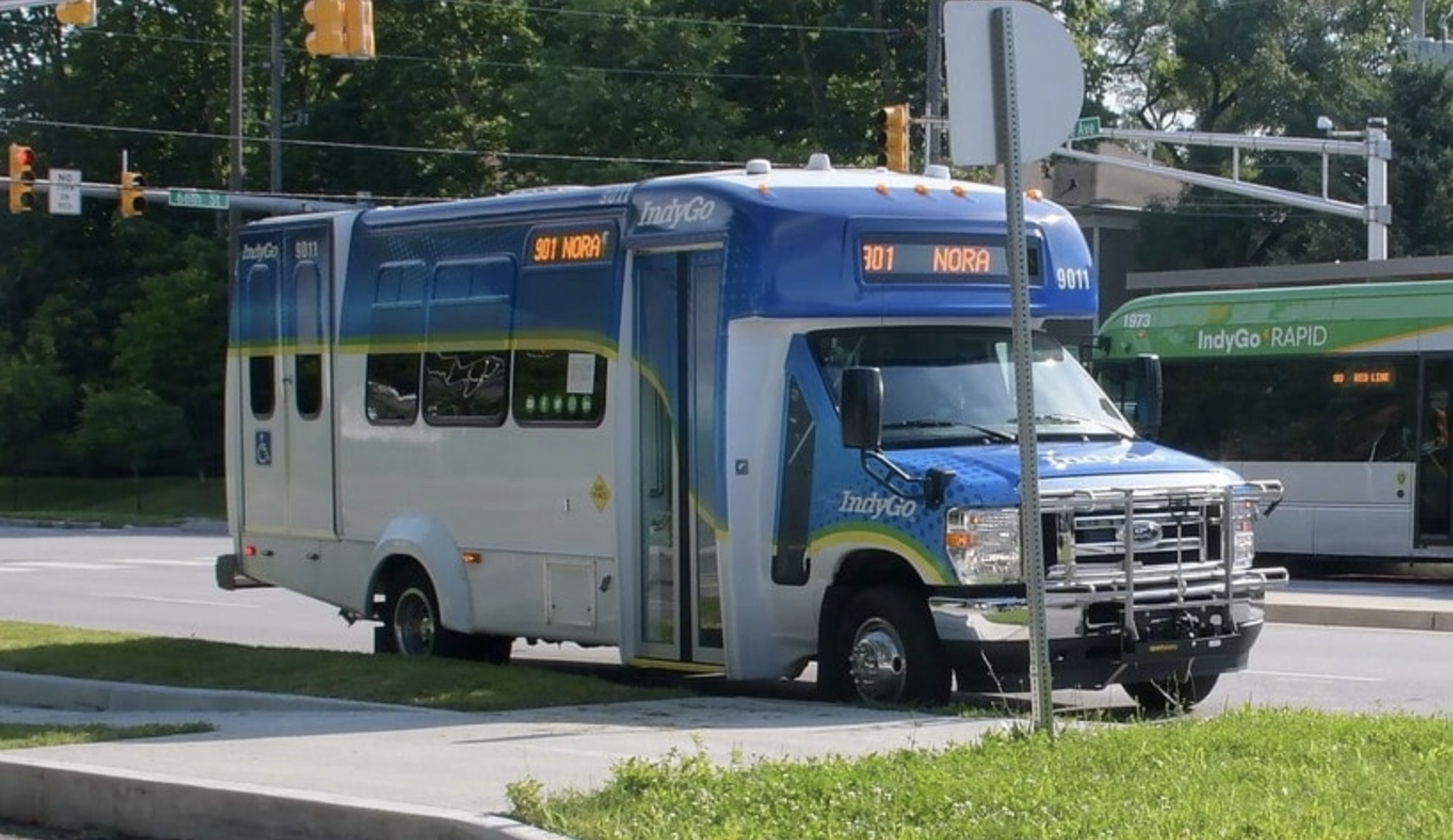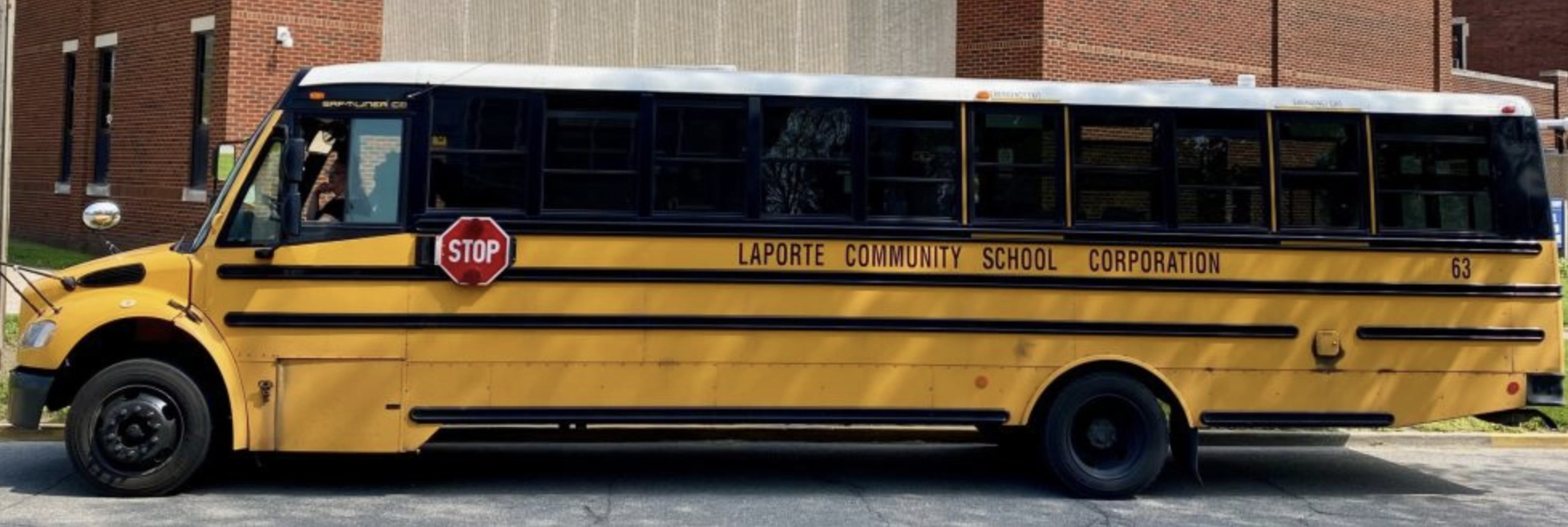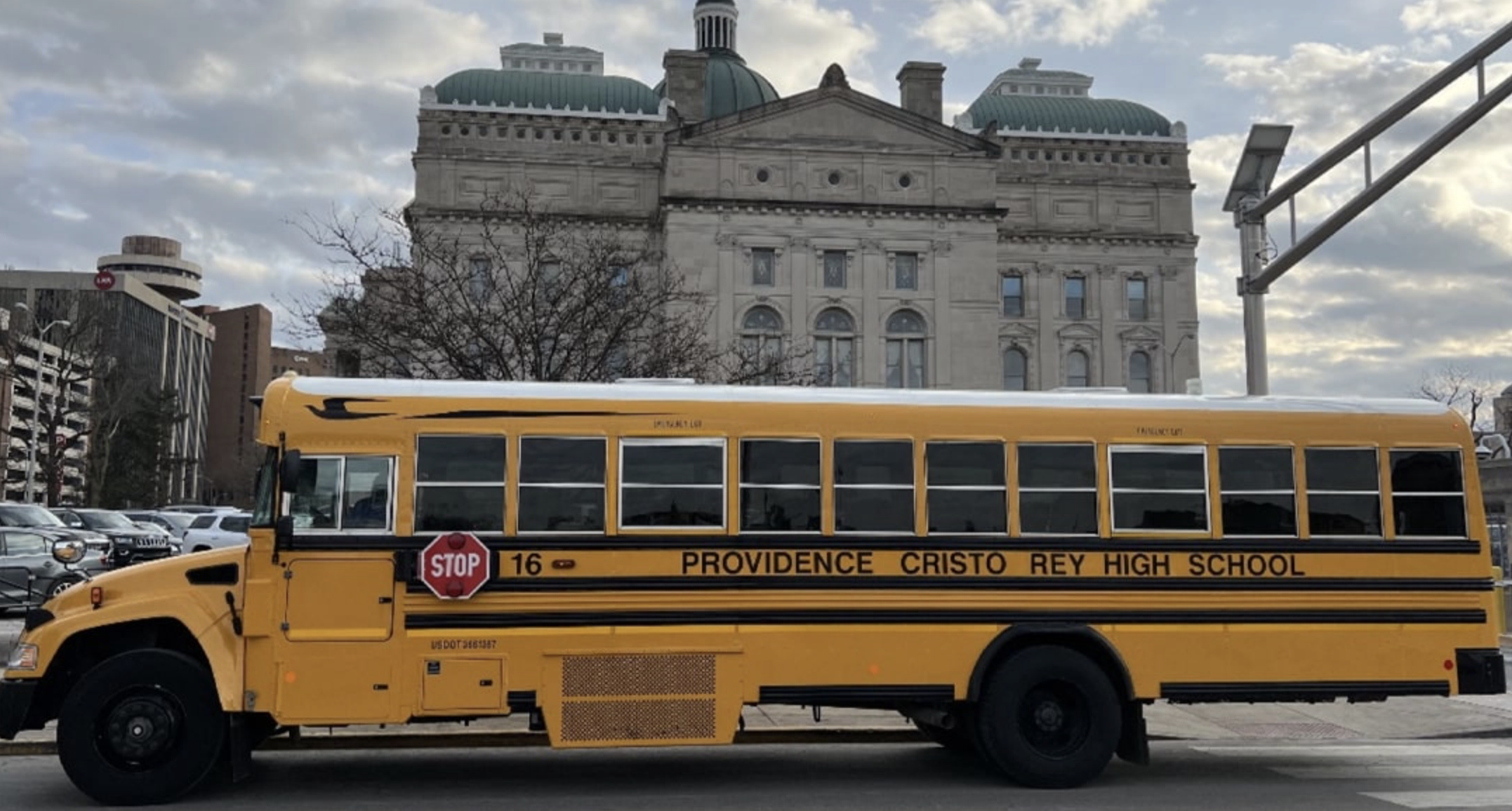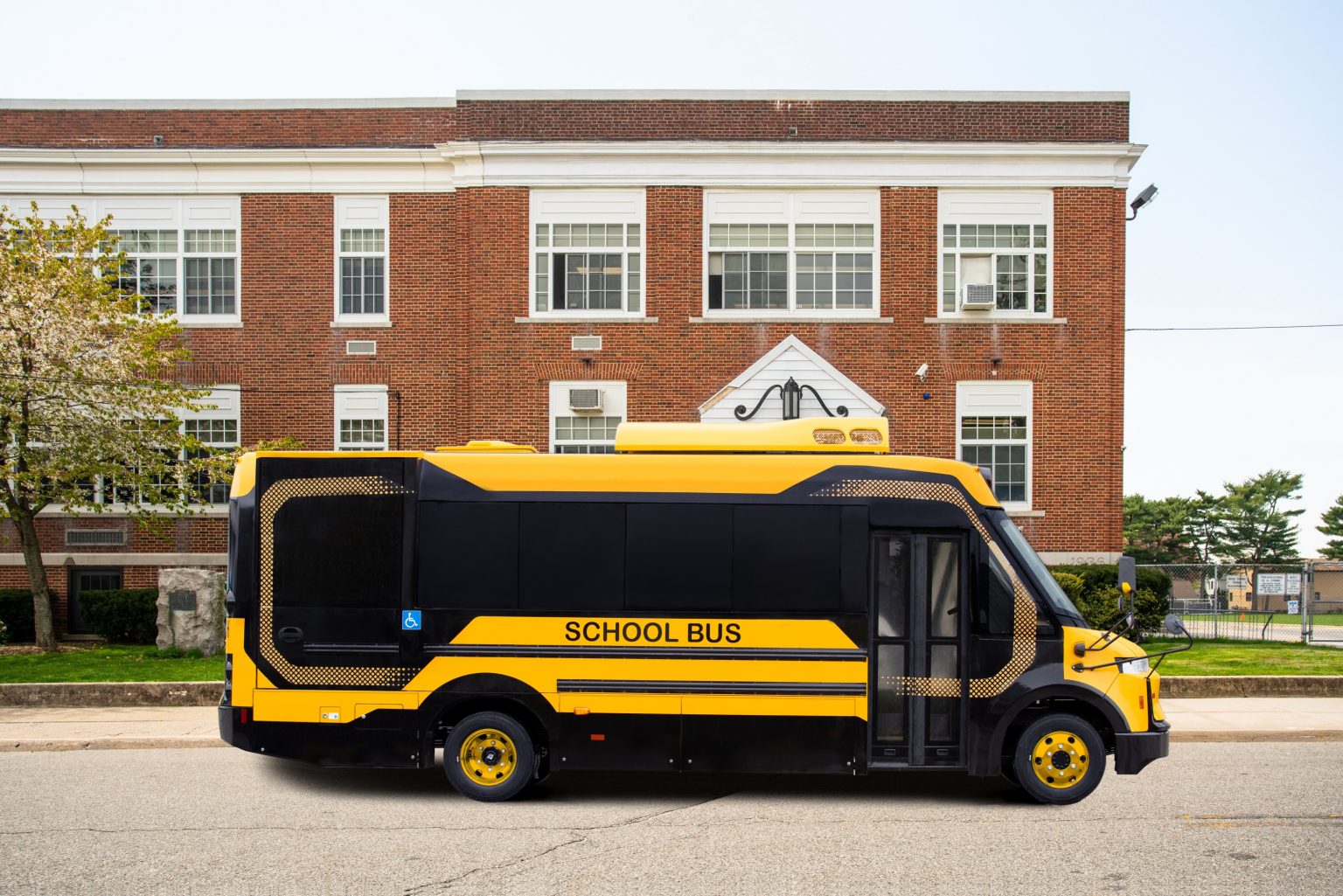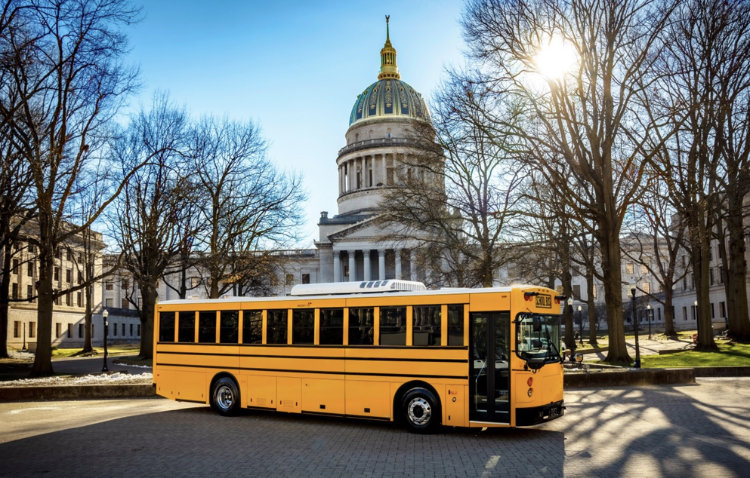Lumin-Air Transit: Electric School Buses May Reduce Roadway Pollution but What about the Air Quality inside the Bus?
Improving air quality on school buses is commonly cited as a reason to convert school buses from diesel to electric and zero-emission vehicles. While it’s good to reduce outdoor contaminants as much as possible, it must be recognized that less than 2 of every 1000 vehicles on the road are school buses and most diesel school buses are already cleaner since the EPA required them to produce 90% less particulate matter.
So, the impact of conversion is unlikely to have a notable impact on pollution near roadways. To really improve indoor air quality on school buses, it must be recognized that the biggest health risk to students and drivers comes from within the bus, as students in close proximity exhale droplets that contain virus and other contaminants into the air.
The CDC says that the main way the Covid virus spreads is from person to person as infected people exhale droplets containing viral particles. Airborne transmission is also the primary way that other respiratory diseases like the flu and the common cold are passed from person to person. So, while the goal of improving air quality in the most densely populated area of a school’s facilities is a worthy endeavor, only addressing the air that comes out of the tail pipe is missing the biggest health risk: contaminants generated by passengers.
The good news is that there are ways to reduce the concentration of contaminants in the air students breathe in school buses by using the same tools that are used to control contaminants in classrooms – improved filtration and supplementation with UVGI (Ultraviolet Germicidal Irradiation). The CDC, ASHRAE, and the EPA all recommend improving filtration and supplementing with UVGI. A simple MERV-13 filter can economically remove 87% of the droplet nuclei from the air that flows through it. These filters can come on new buses and can be retrofitted on existing buses. UVGI can also safely and economically be installed on buses.
Read more about Lumin-Air’s solutions for clean air in school buses.
This article was originally published by Lumin-Air Transit.


